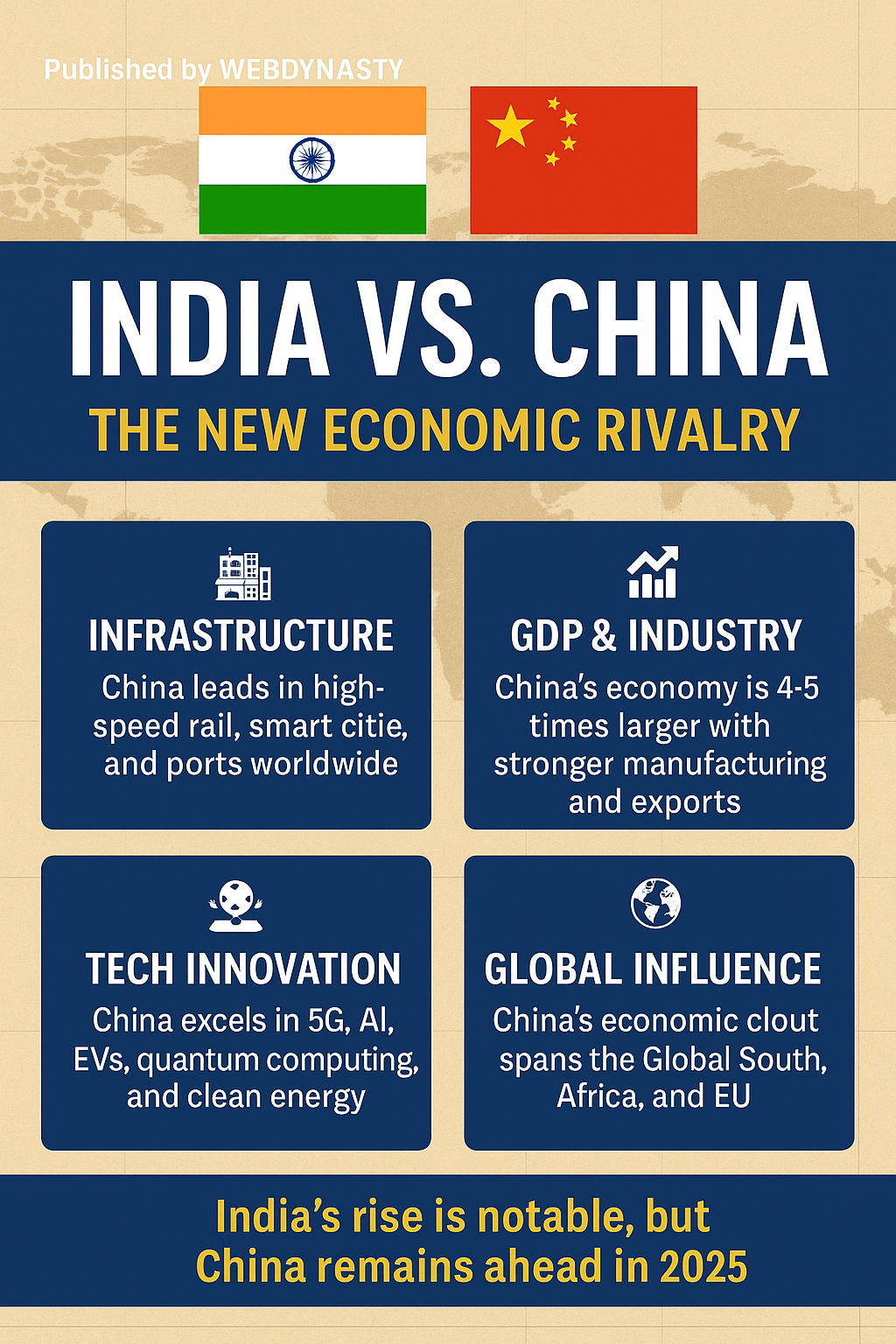How Emerging Markets Are Reshaping Global Business in 2025
How Emerging Markets Are Reshaping Global Business in 2025 🌍📈
Introduction
The global economic map is undergoing a seismic shift, and emerging markets are at the center of it. Once viewed primarily as sources of cheap labor or raw materials, countries like India, Vietnam, Brazil, and Nigeria are now becoming innovation hubs, consumer powerhouses, and critical players in global trade. As 2025 unfolds, these markets are no longer just part of the global economy — they are reshaping it. From driving digital innovation to influencing investment flows, emerging markets are setting the pace for the next phase of global business evolution.
---
1. The Economic Power Shift
Over the past decade, emerging markets have consistently outpaced developed nations in terms of GDP growth. The IMF projects that by 2025, emerging and developing economies will contribute more than 60% of global growth. With expanding middle classes, rising disposable incomes, and increasing urbanization, consumer demand in these regions is booming.
India, for example, is expected to surpass Germany and Japan to become the world’s third-largest economy by 2027. Meanwhile, countries in Africa, like Nigeria and Kenya, are seeing robust growth driven by tech-savvy young populations and an explosion of entrepreneurship.
---
2. Innovation & Technology Leapfrogging
Contrary to the outdated stereotype of emerging markets as technologically behind, many are leapfrogging traditional development stages. In Africa, mobile banking and digital wallets like M-Pesa have transformed financial inclusion. In Southeast Asia, startups are solving everything from last-mile logistics to healthcare access with mobile-first platforms.
These regions are not just catching up — they’re innovating in ways that are inspiring global business models. Emerging markets are no longer passive participants; they are active disruptors and trendsetters.
---
3. Supply Chain Diversification and Trade Realignment
Geopolitical tensions and supply chain disruptions caused by COVID-19 have led global companies to rethink their reliance on single-source manufacturing. The result? A growing shift towards “China +1” strategies, where companies diversify operations into Vietnam, Indonesia, Bangladesh, and India.
Emerging markets are becoming preferred destinations for manufacturing, thanks to lower labor costs, improving infrastructure, and proactive government policies. Logistics corridors, such as the China-Pakistan Economic Corridor (CPEC) and the African Continental Free Trade Area (AfCFTA), are accelerating trade within and across these regions.
---
4. Policy Reforms and Investment Magnetism
Governments in emerging markets are increasingly adopting reforms to attract foreign direct investment (FDI). Tax incentives, streamlined regulations, and digitized procedures are making it easier for global companies to do business.
India’s “Make in India” initiative, Rwanda’s business-friendly regulatory framework, and Brazil’s push for privatization are just a few examples of this proactive approach. The result is a surge in FDI into non-traditional markets and sectors — from renewable energy to fintech to agritech.
---
5. The Challenges: A Balanced Perspective
Despite the promising outlook, doing business in emerging markets is not without risks. Political instability, fluctuating currencies, corruption, and underdeveloped infrastructure remain serious concerns in some regions.
Moreover, the digital divide continues to hinder equitable access to technology and information. Companies looking to enter these markets must conduct thorough due diligence, build local partnerships, and develop long-term strategies to navigate these challenges.
---
6. The Road Ahead: What Businesses Should Expect
By 2030, emerging markets will dominate the list of top global economies, not just by population but by economic output. Businesses that ignore these markets do so at their own peril.
To thrive, companies must:
* Embrace localized solutions over global blueprints.
* Invest in talent development within these regions.
* Align with sustainable practices that resonate with new-age consumers.
* Leverage digital channels to bridge logistical and cultural gaps.
---
Conclusion
Emerging markets are no longer peripheral players — they are central to the future of global business. As innovation, economic growth, and trade patterns shift toward these dynamic regions, the smartest companies will be those that understand, adapt to, and invest in the unique opportunities they present. In 2025 and beyond, the balance of economic power is becoming more inclusive, decentralized, and digitally driven — and emerging markets are leading the way.
---
Authored by Mudassir Sherani
📝 Mudassir Sherani is a contributor at WebDynasty, covering business, finance, and global economic trends.




Comments
Post a Comment